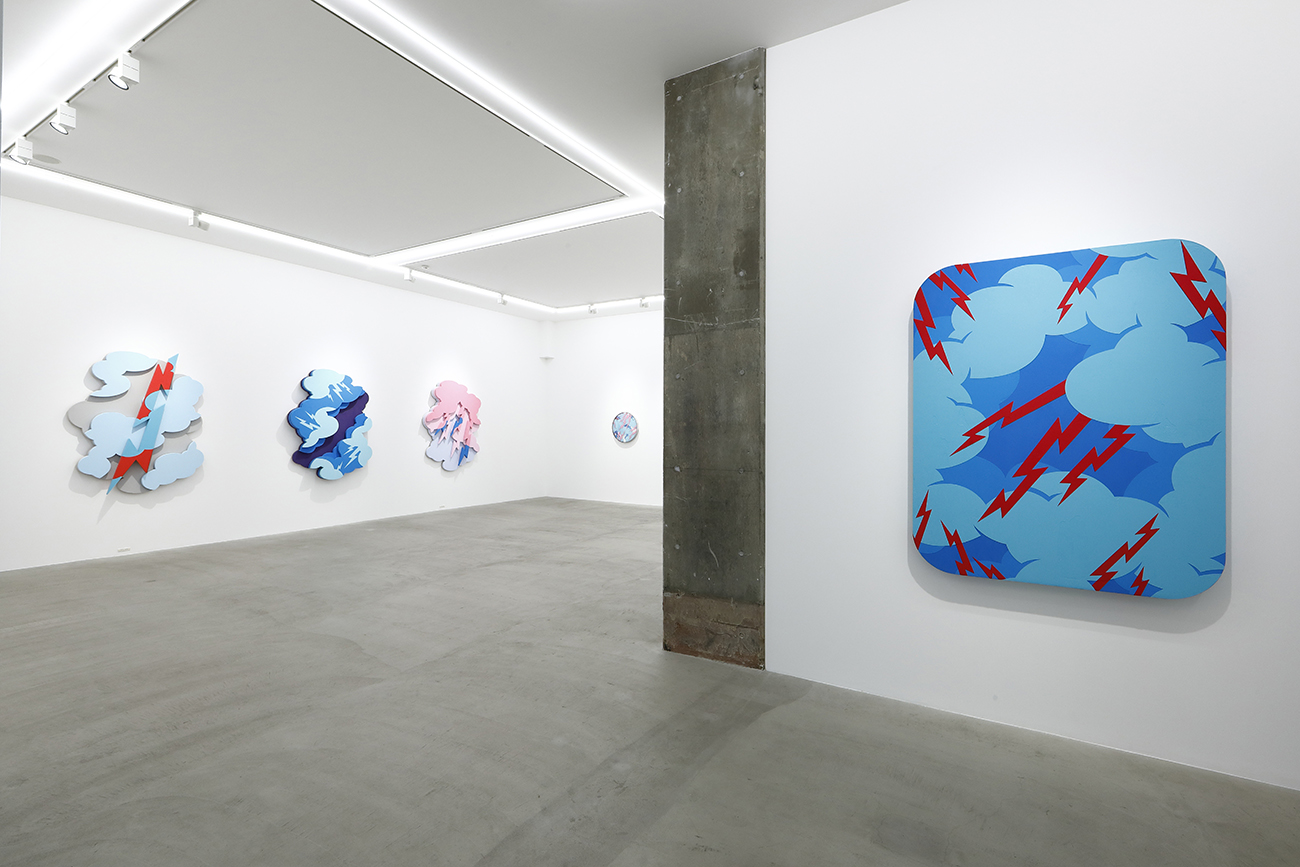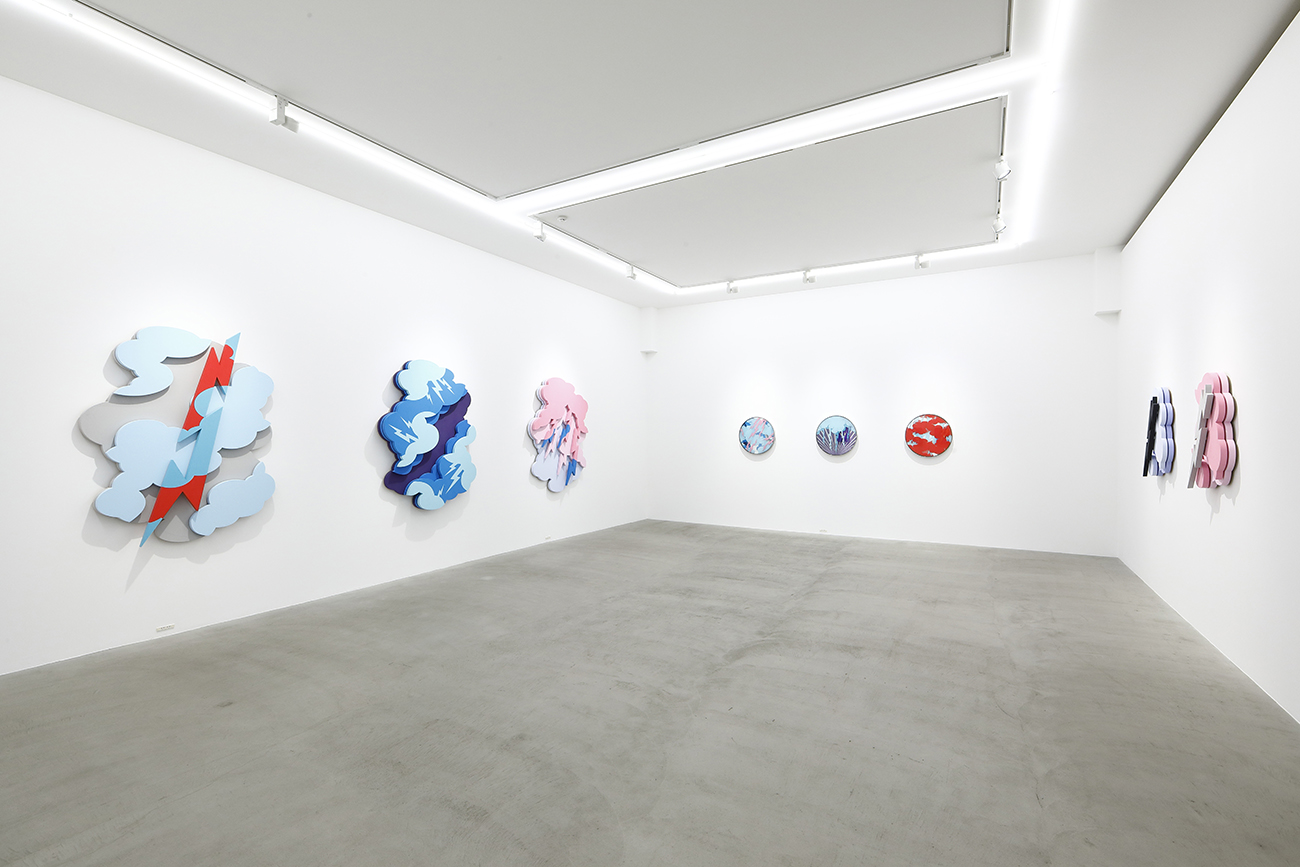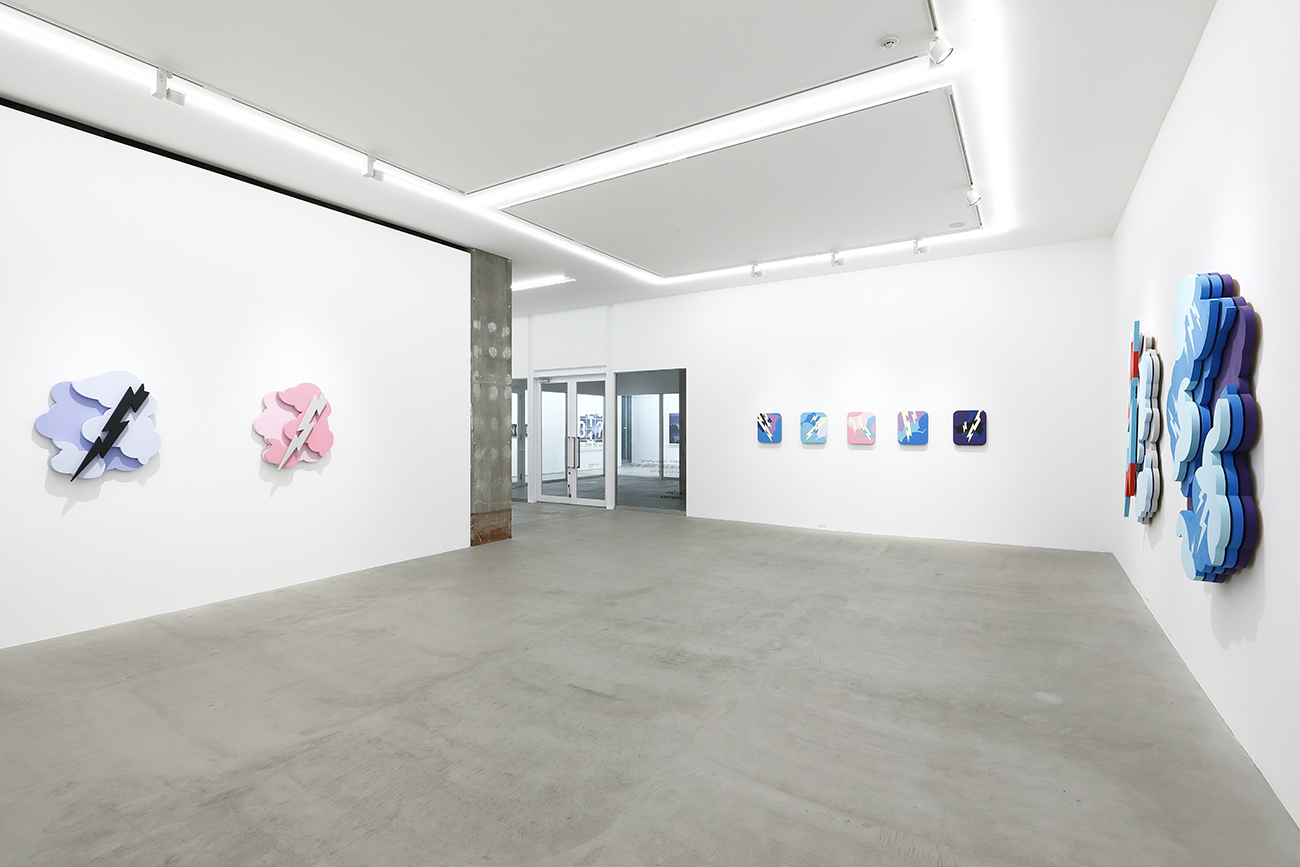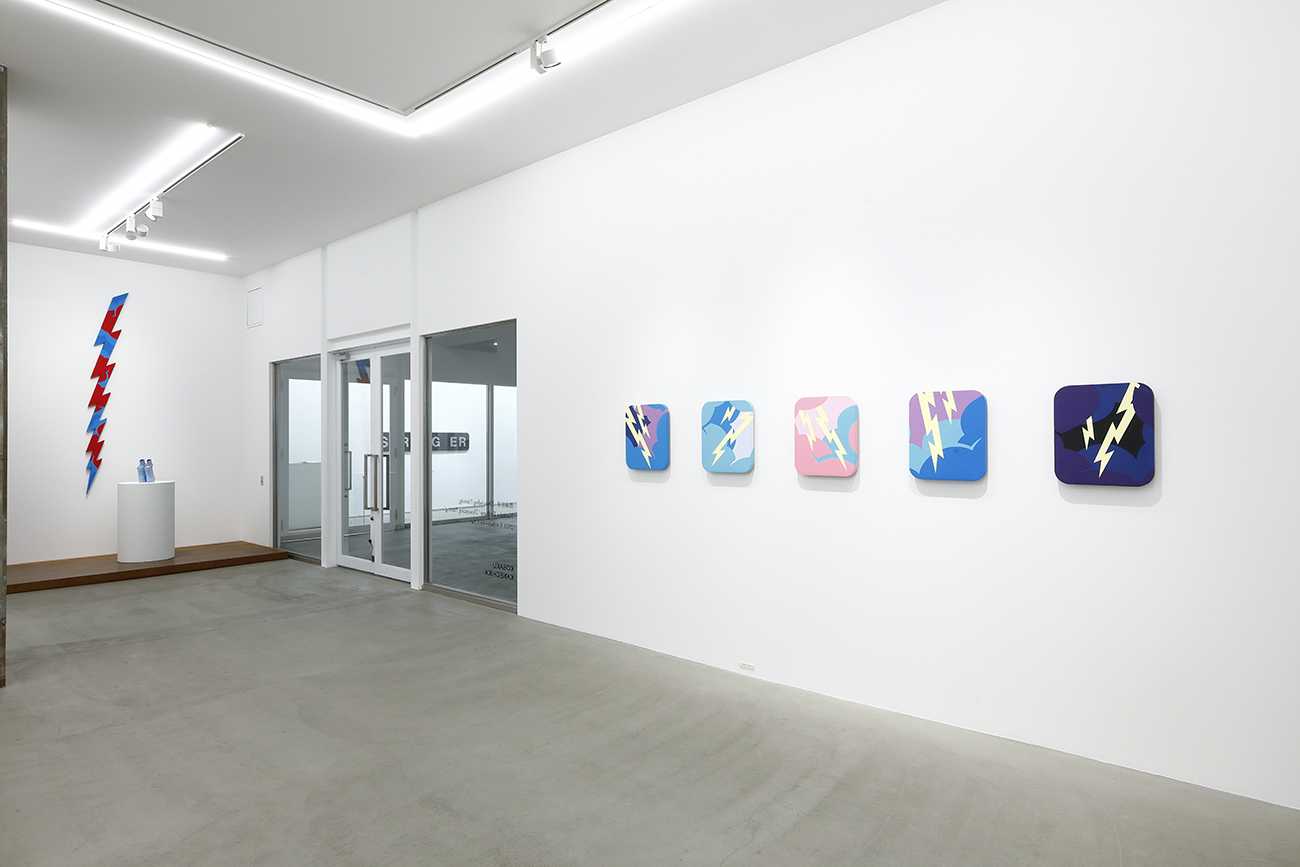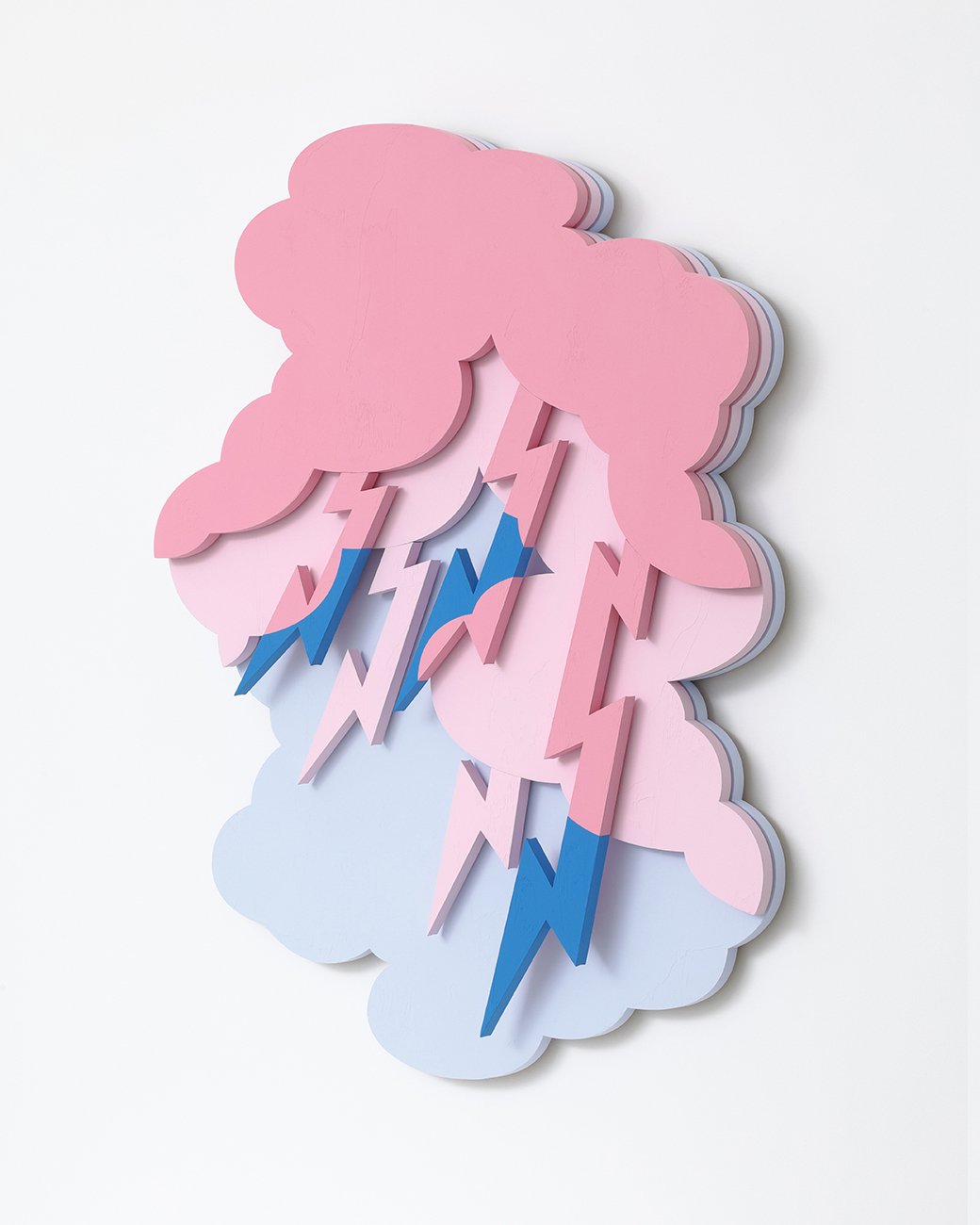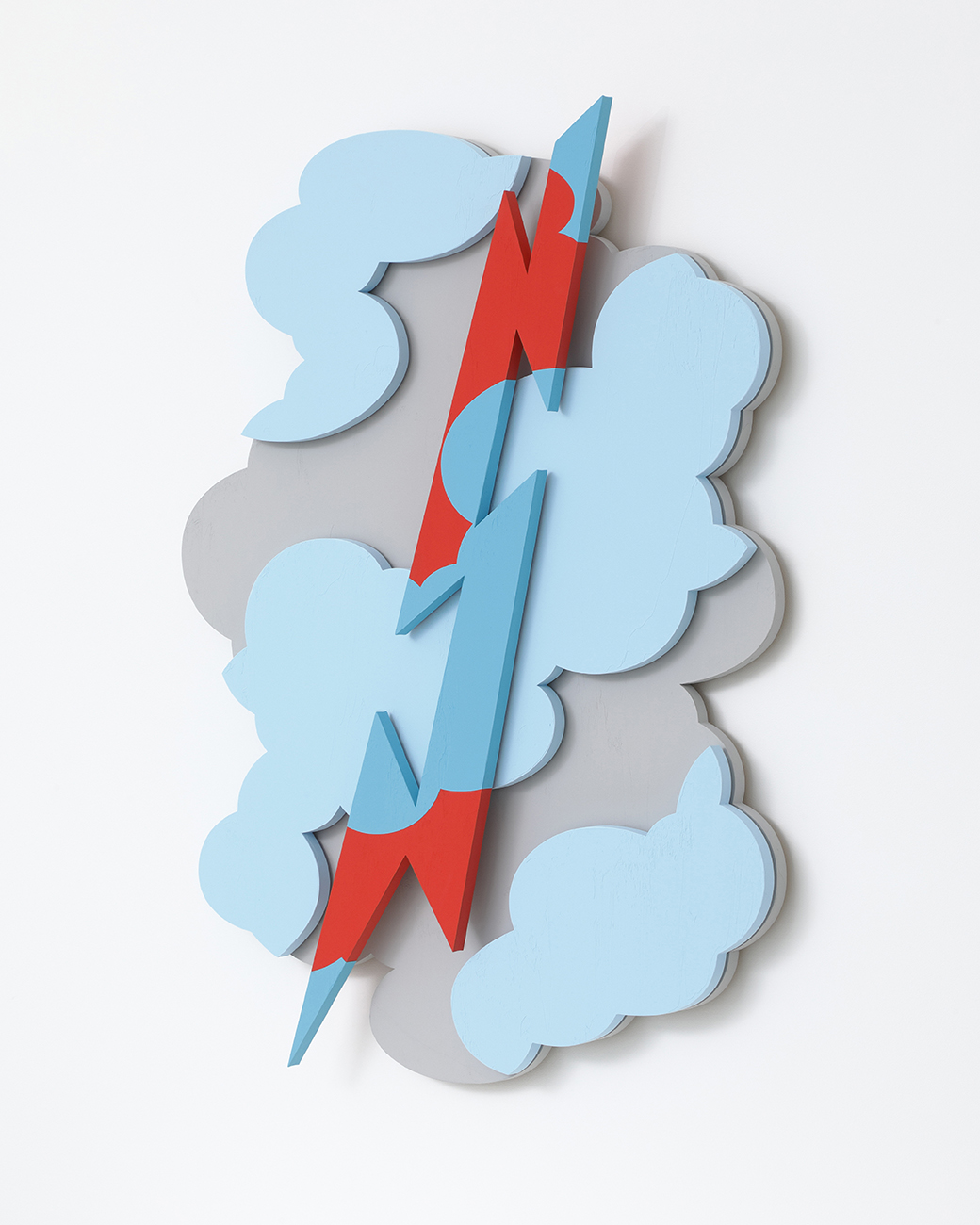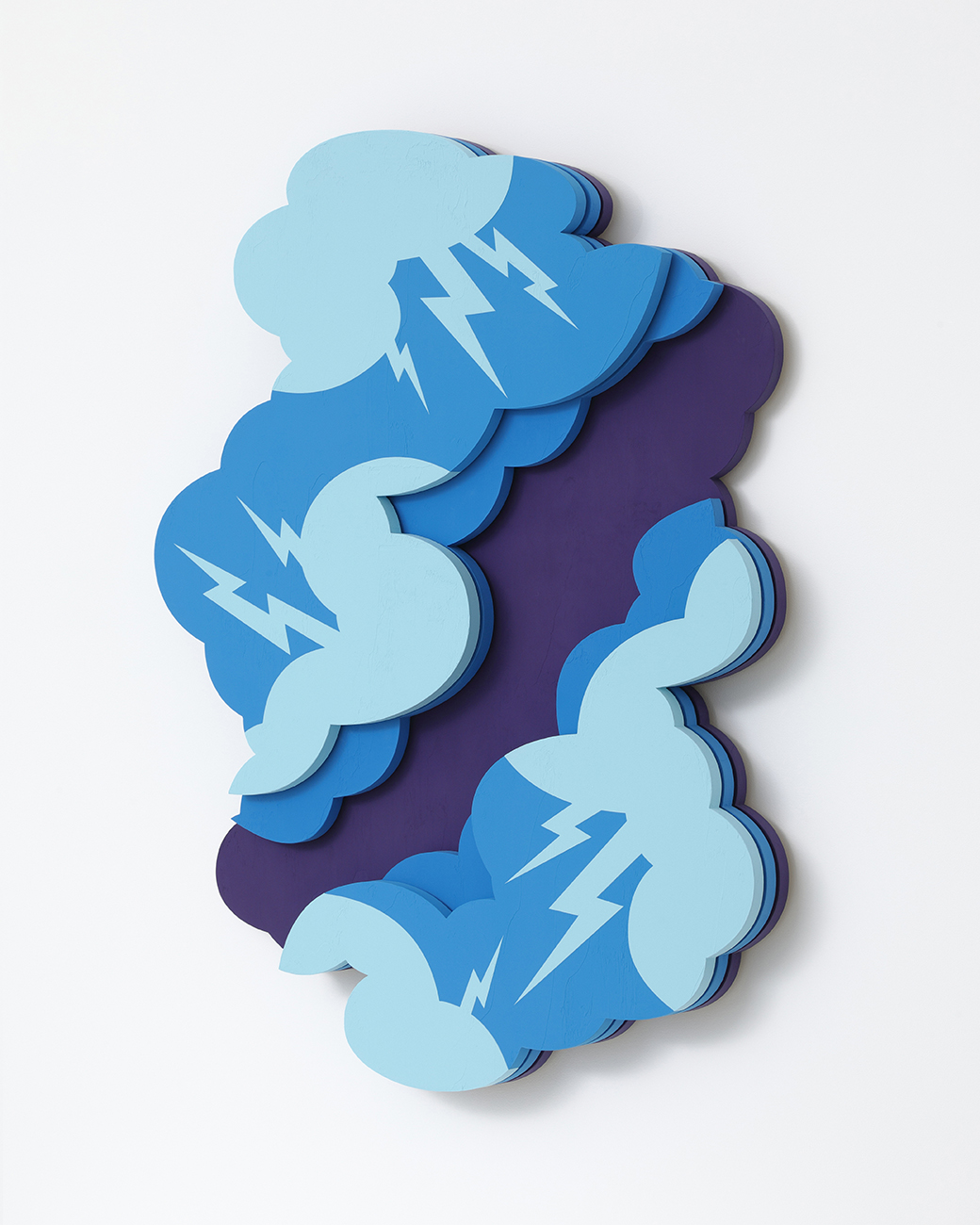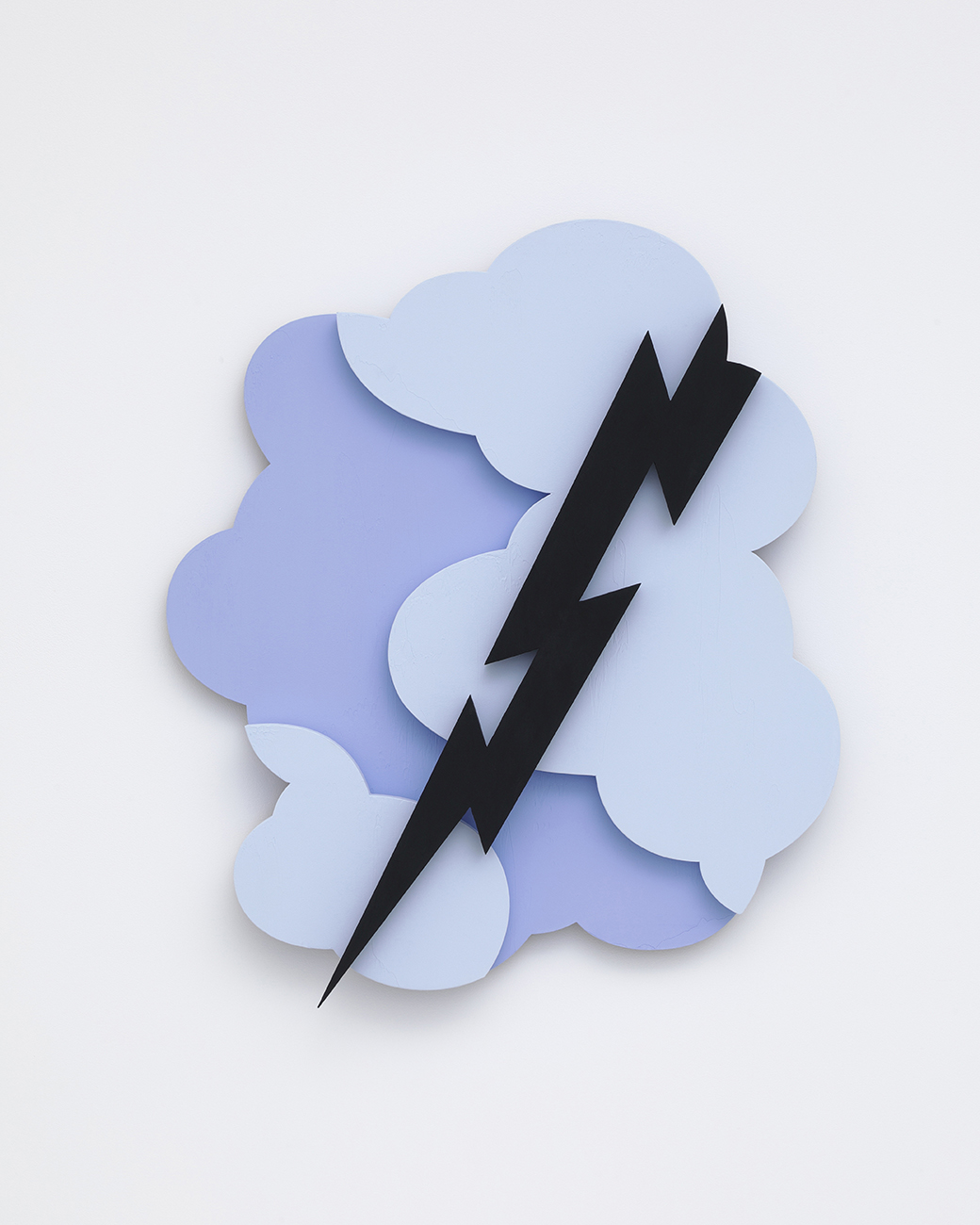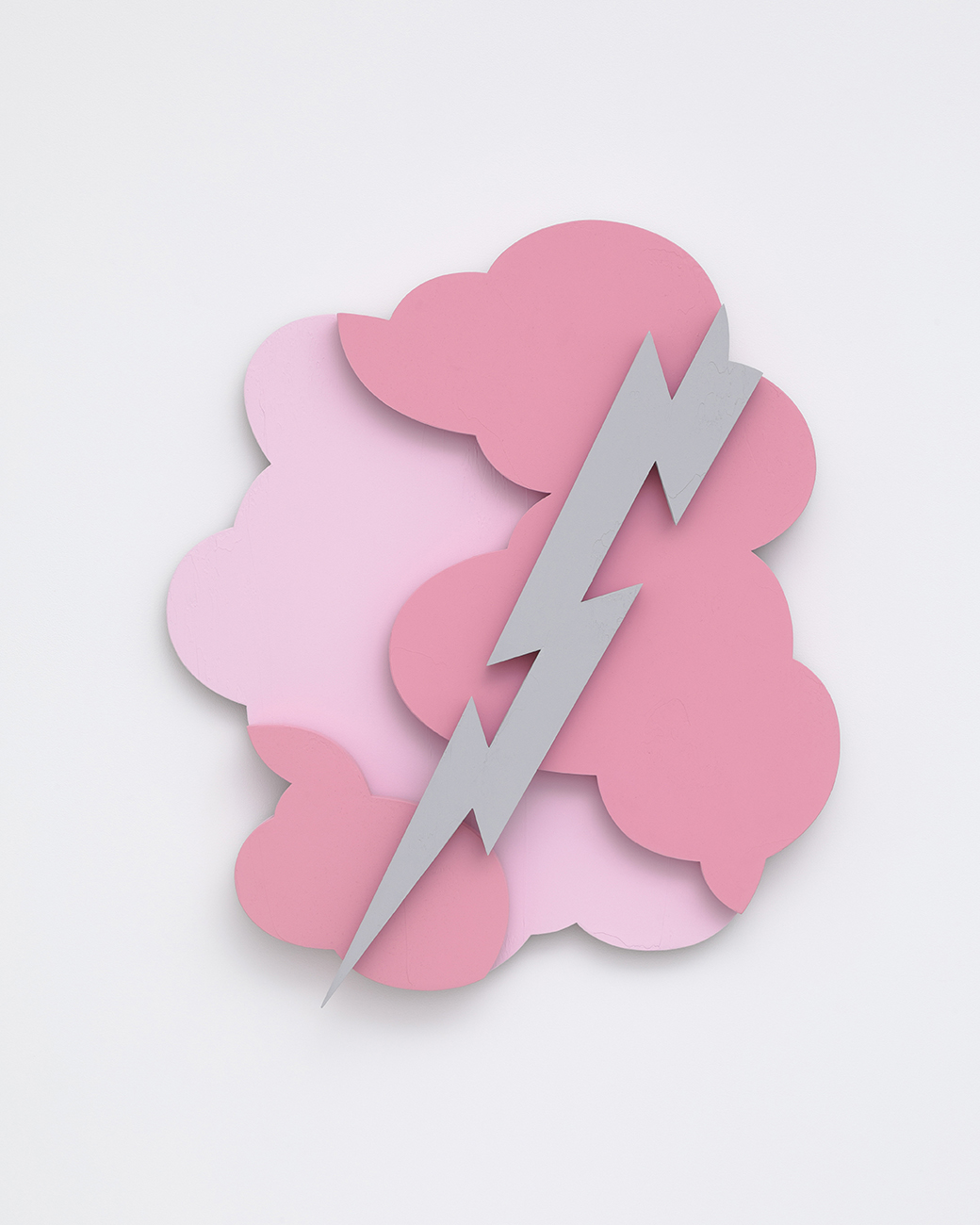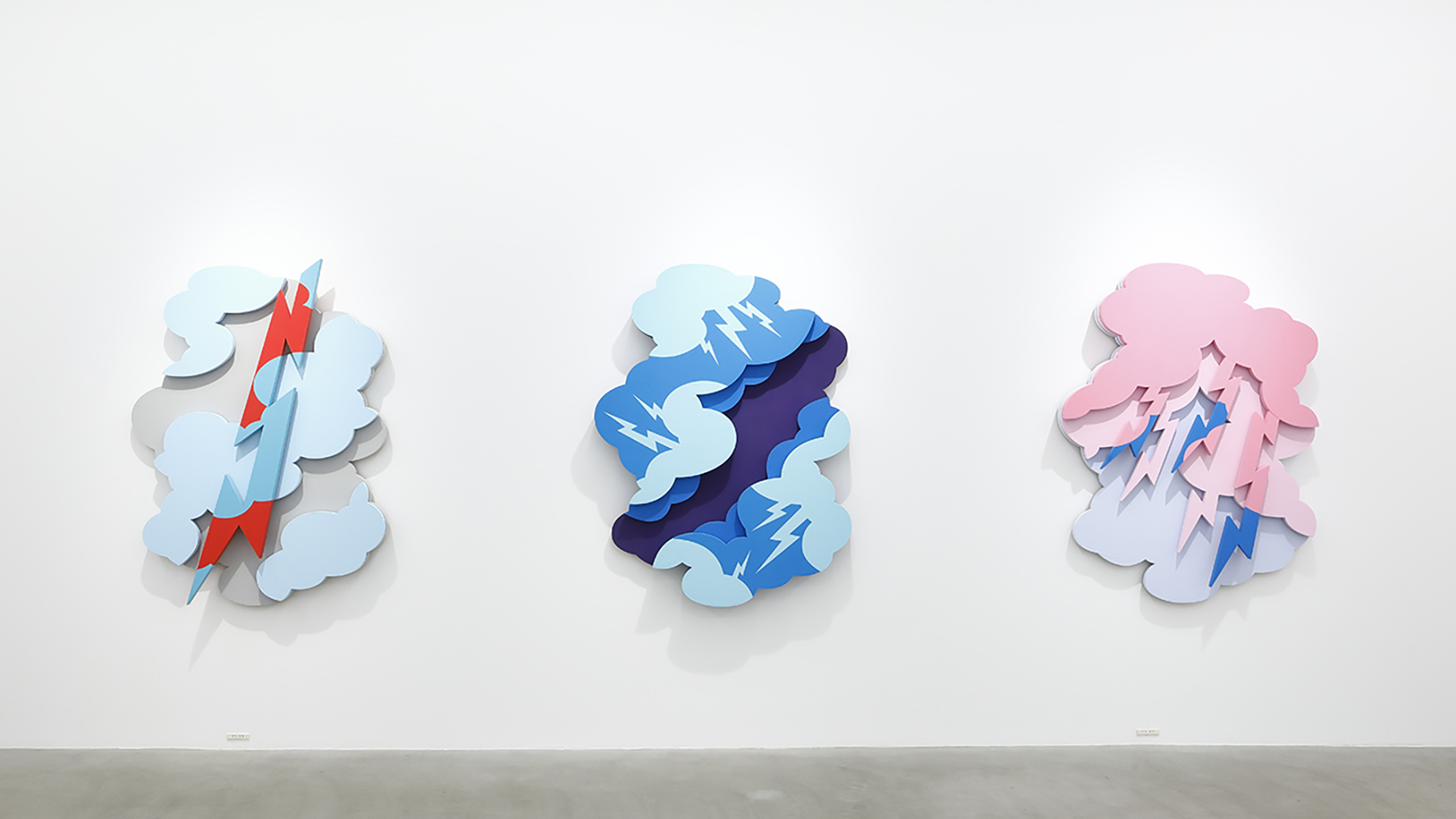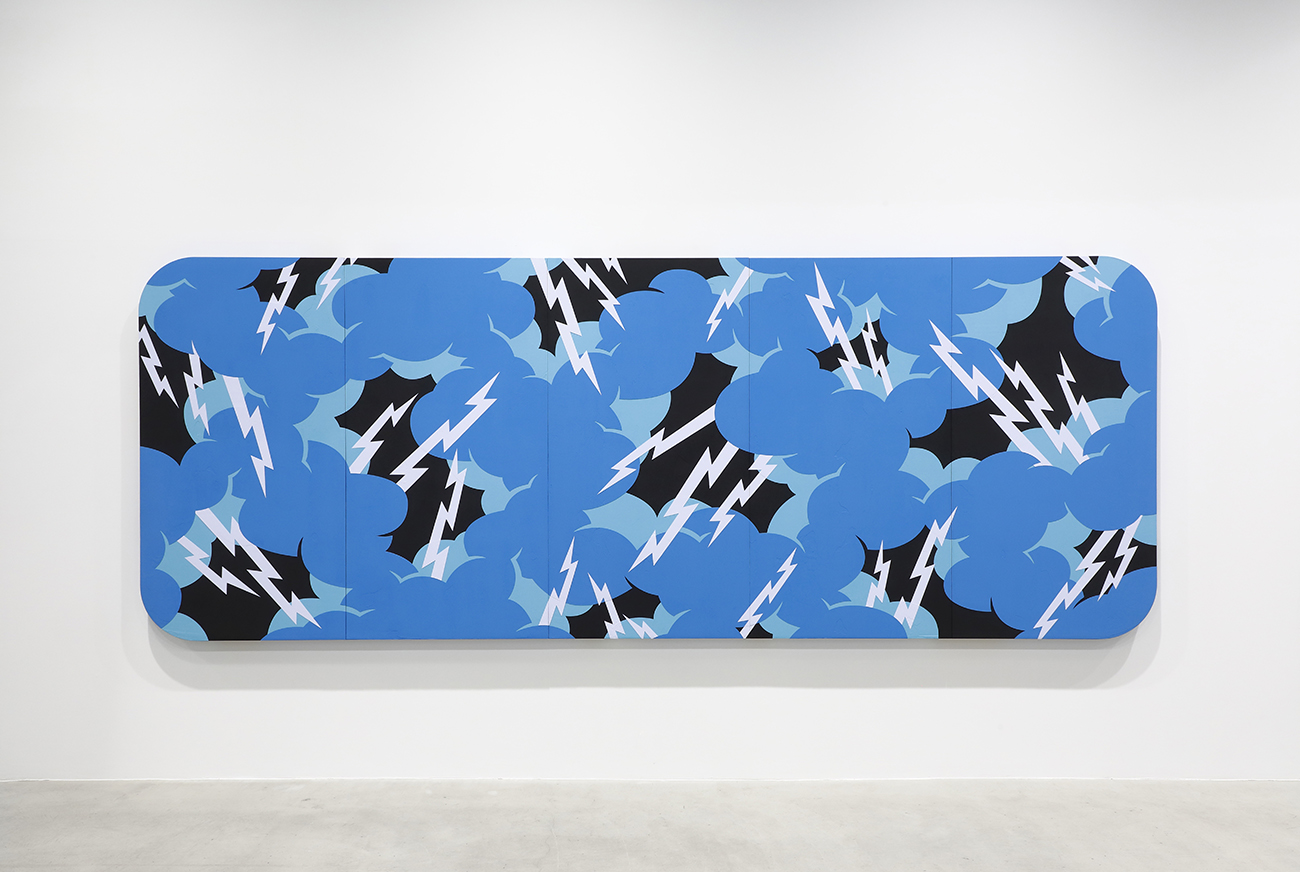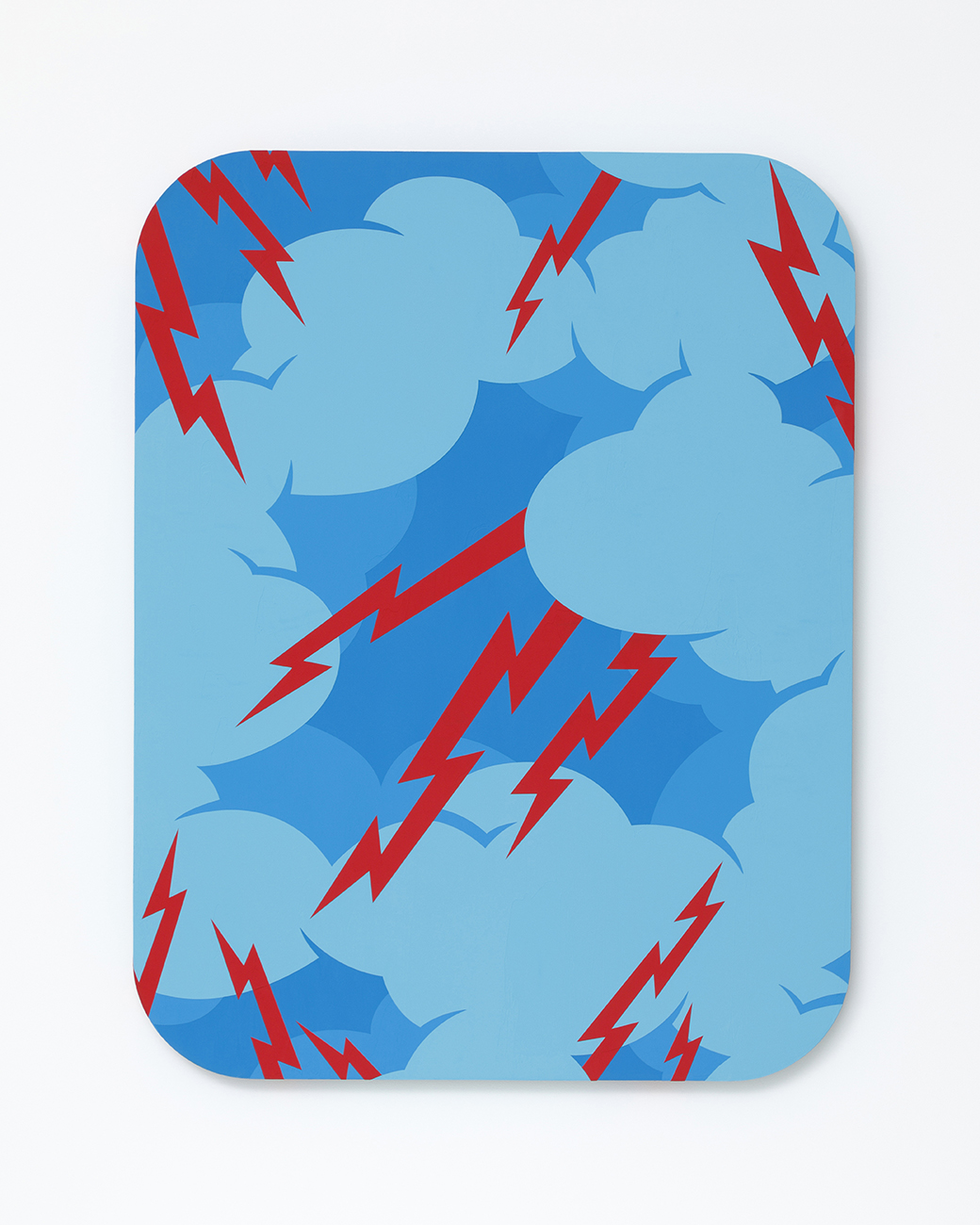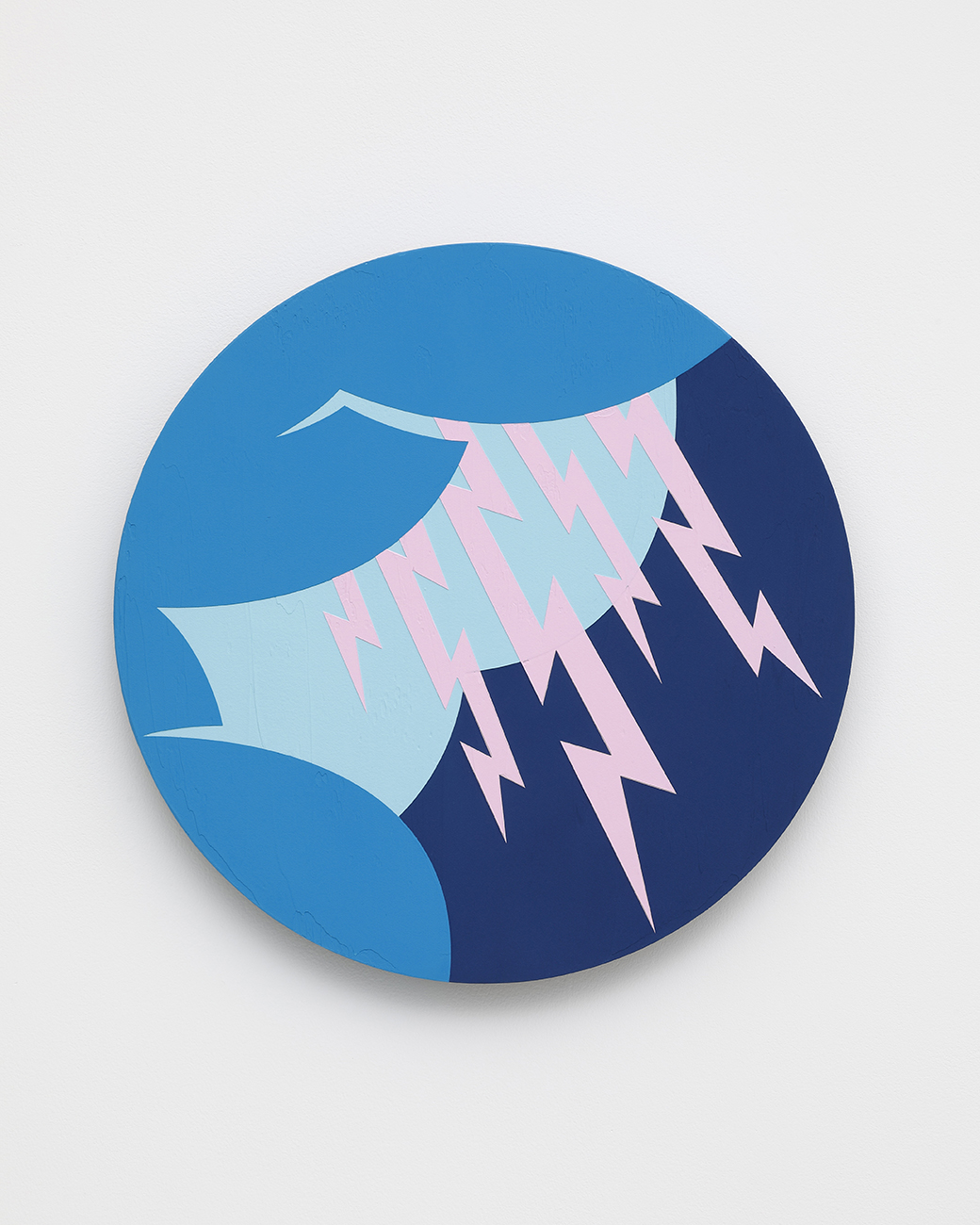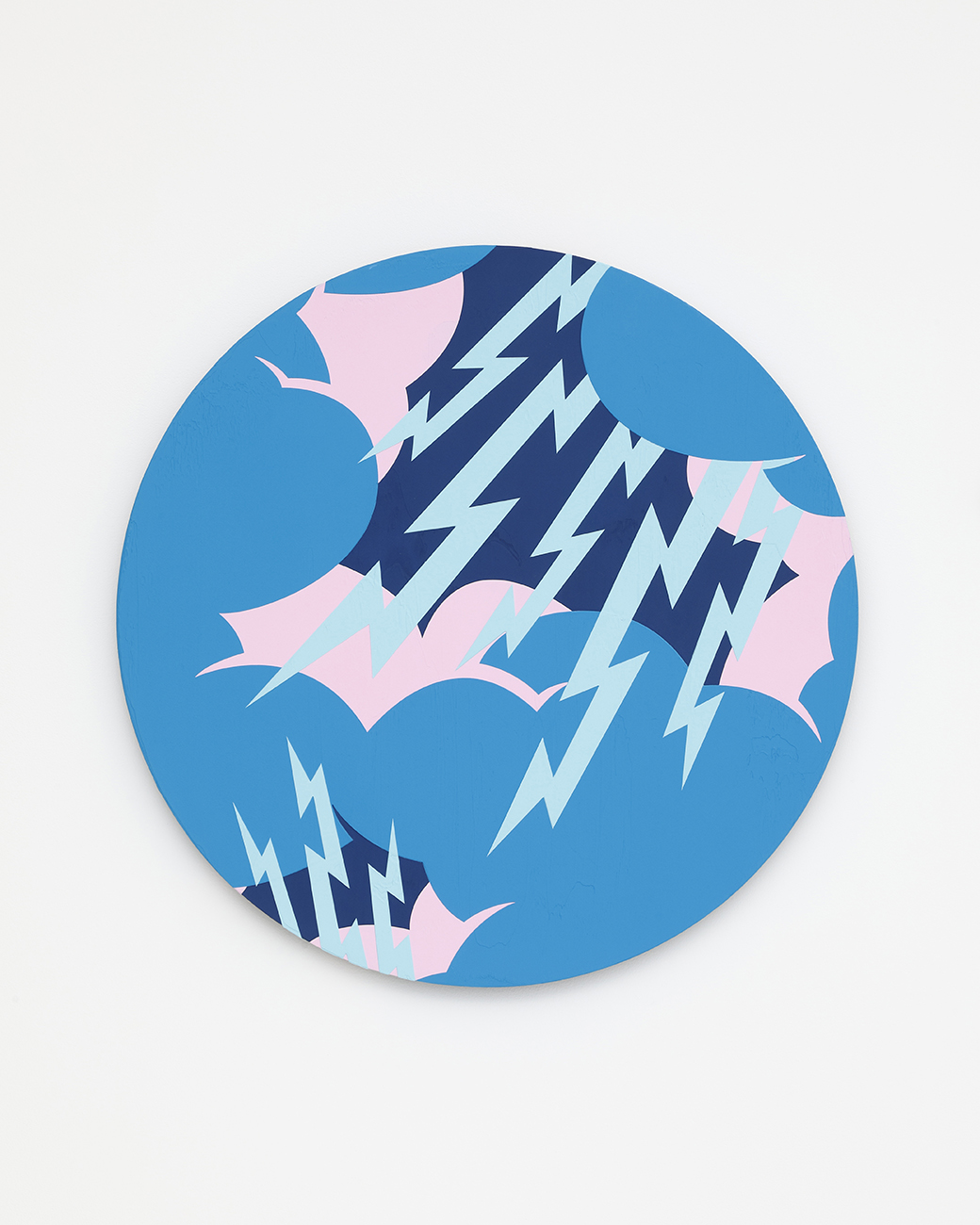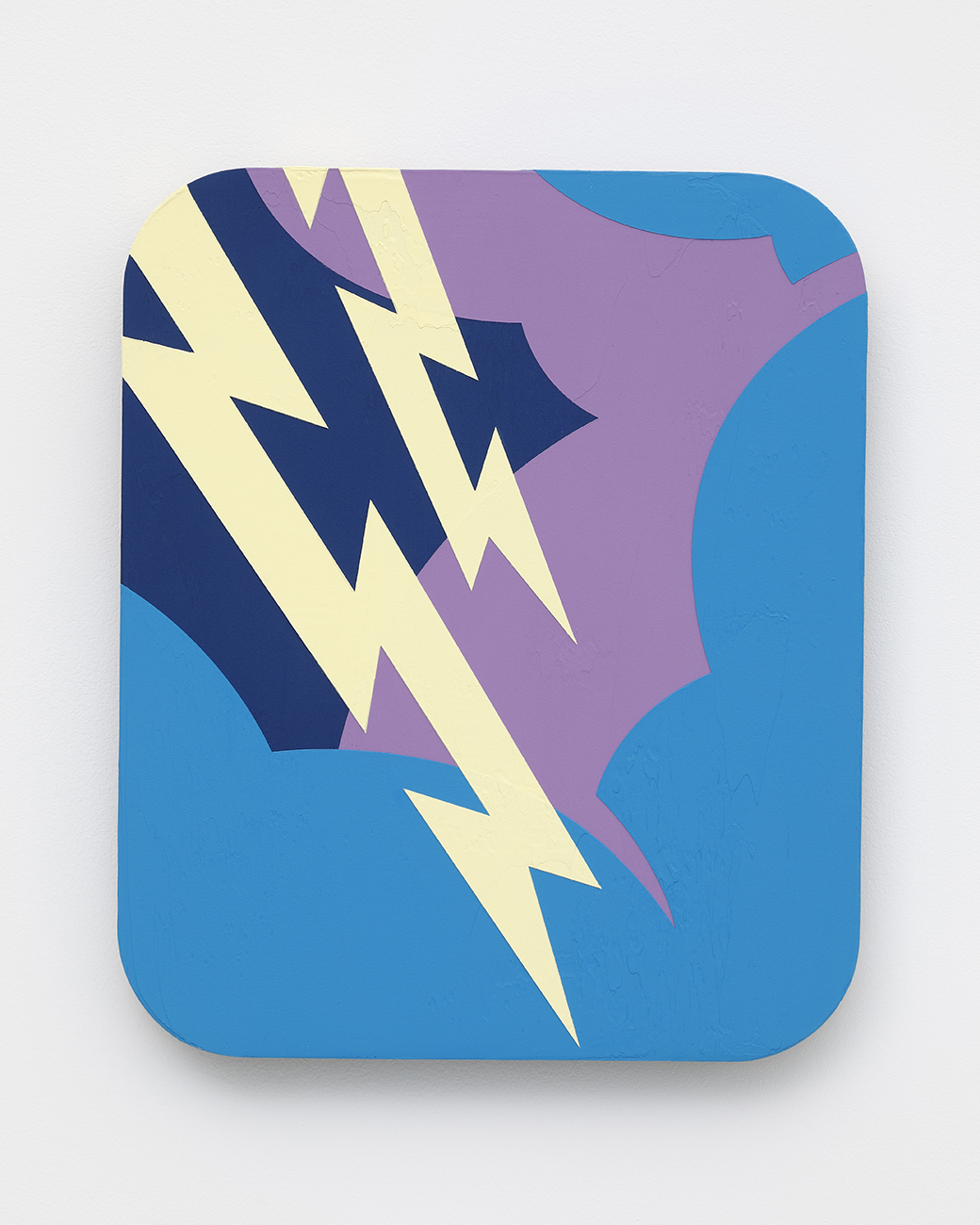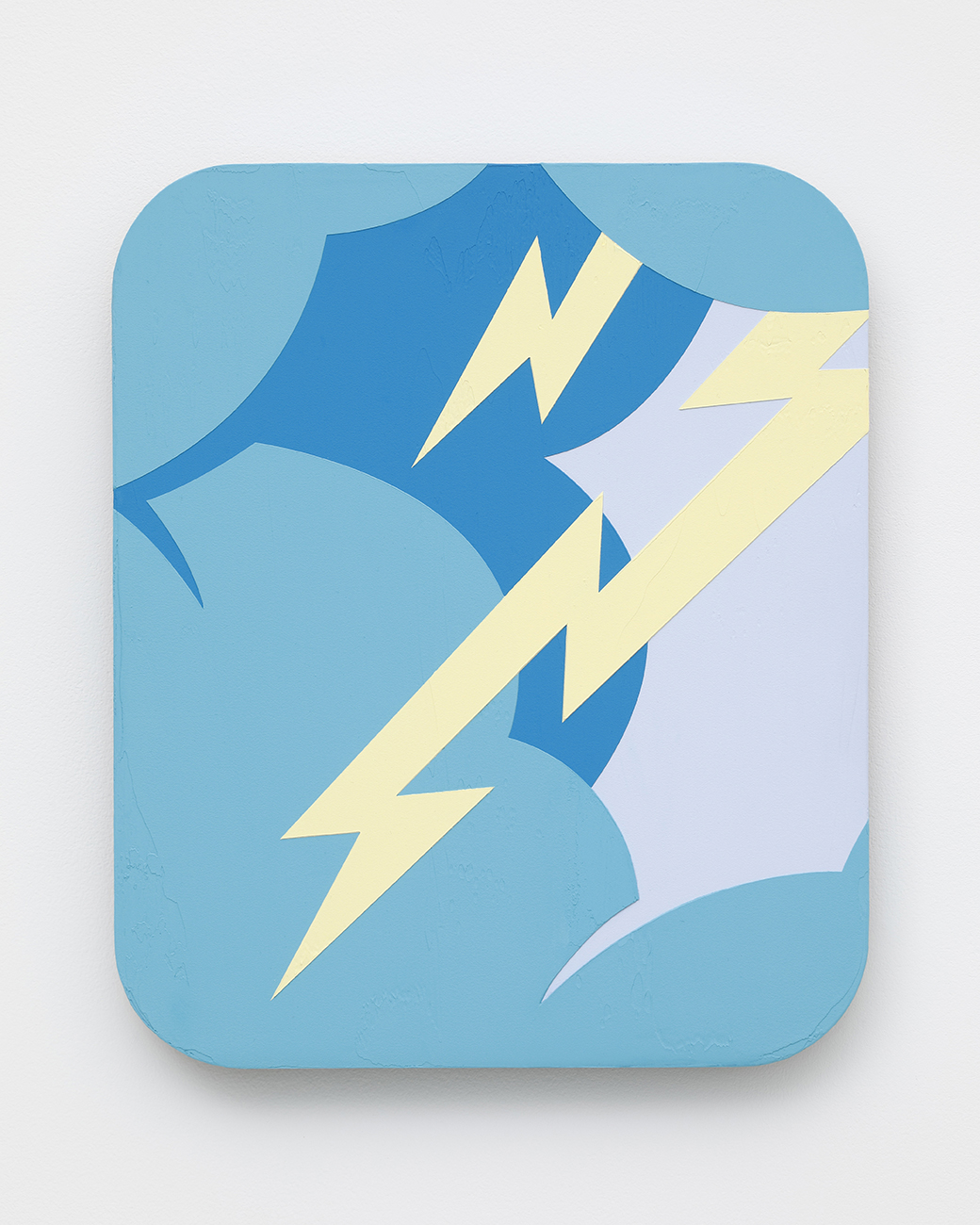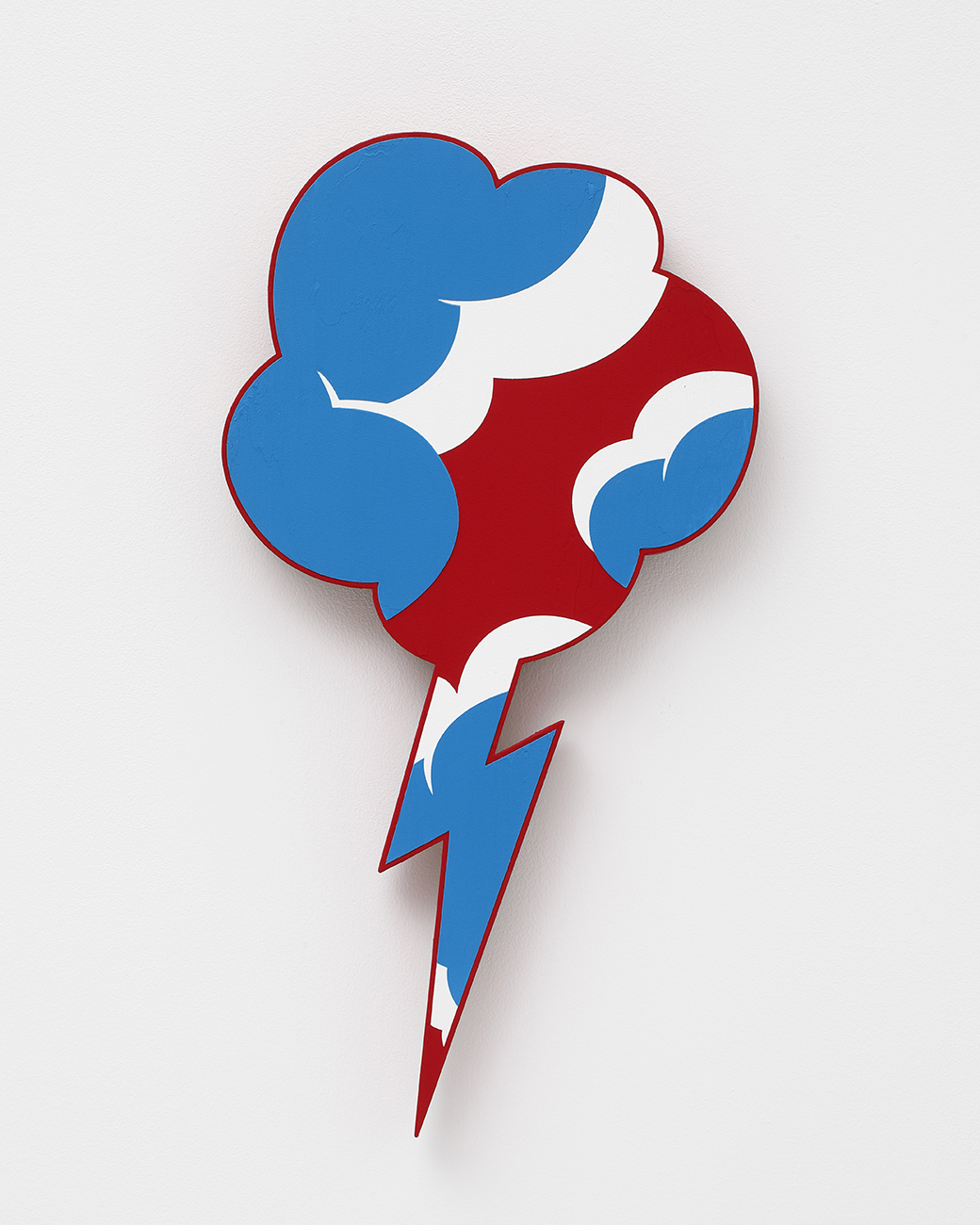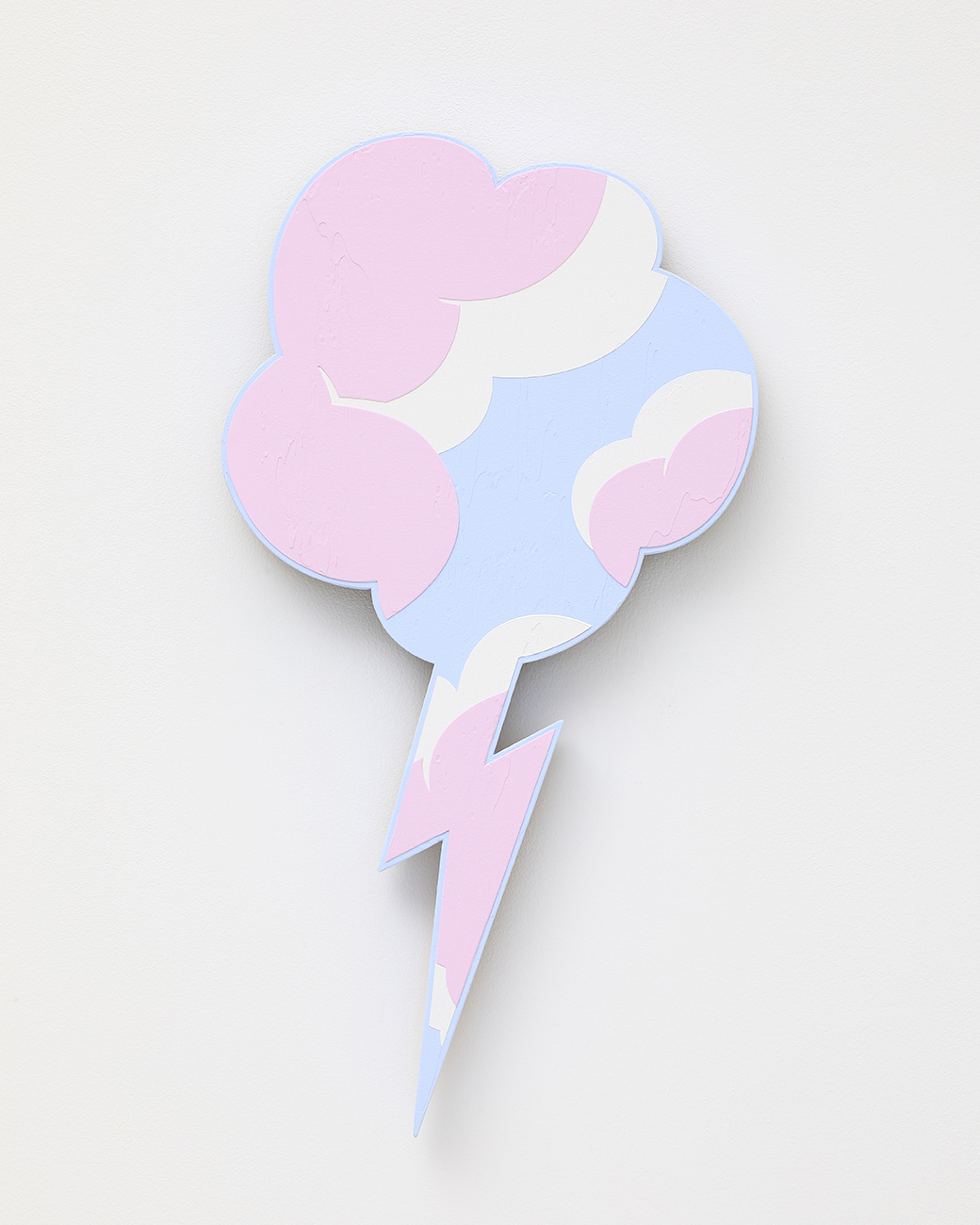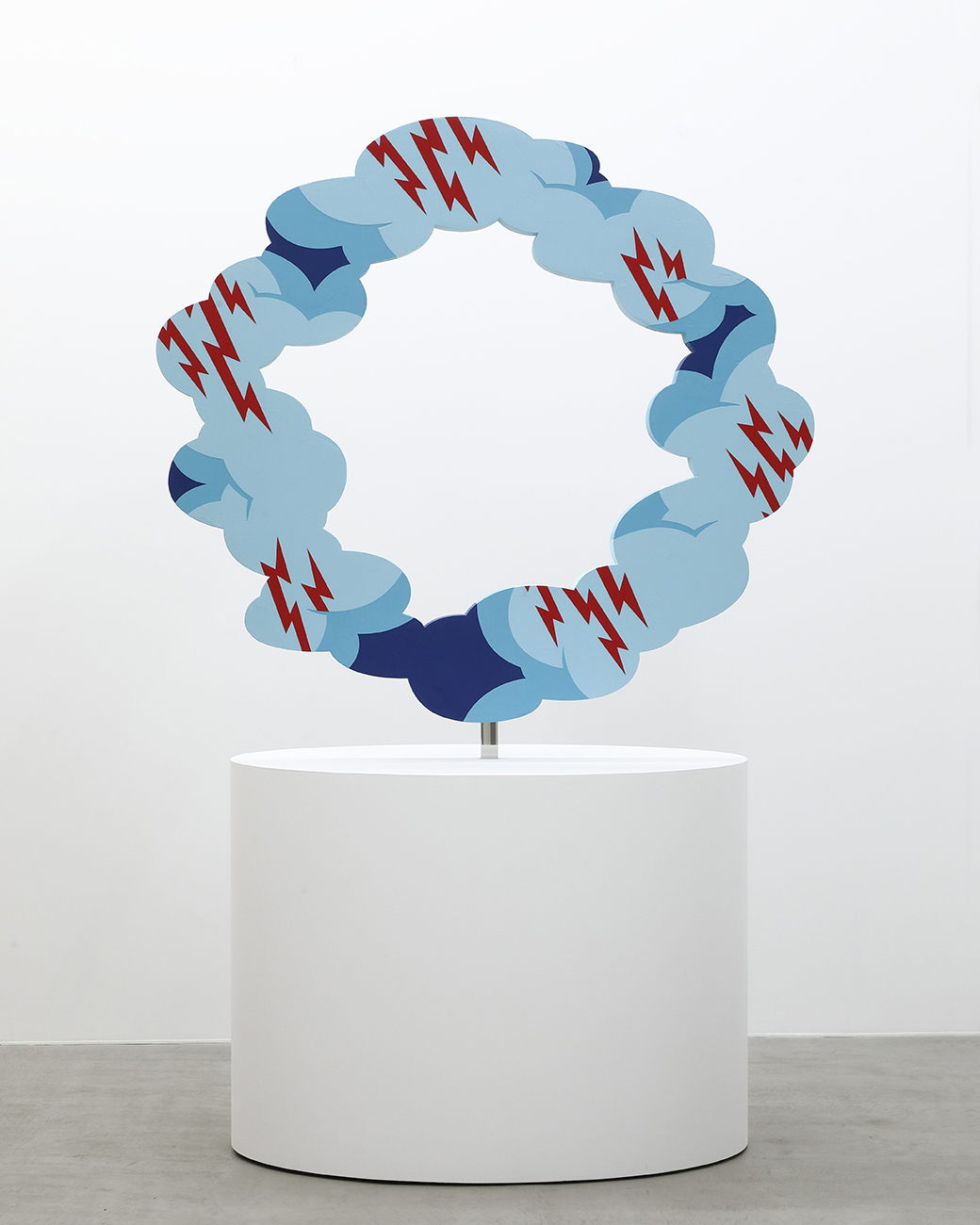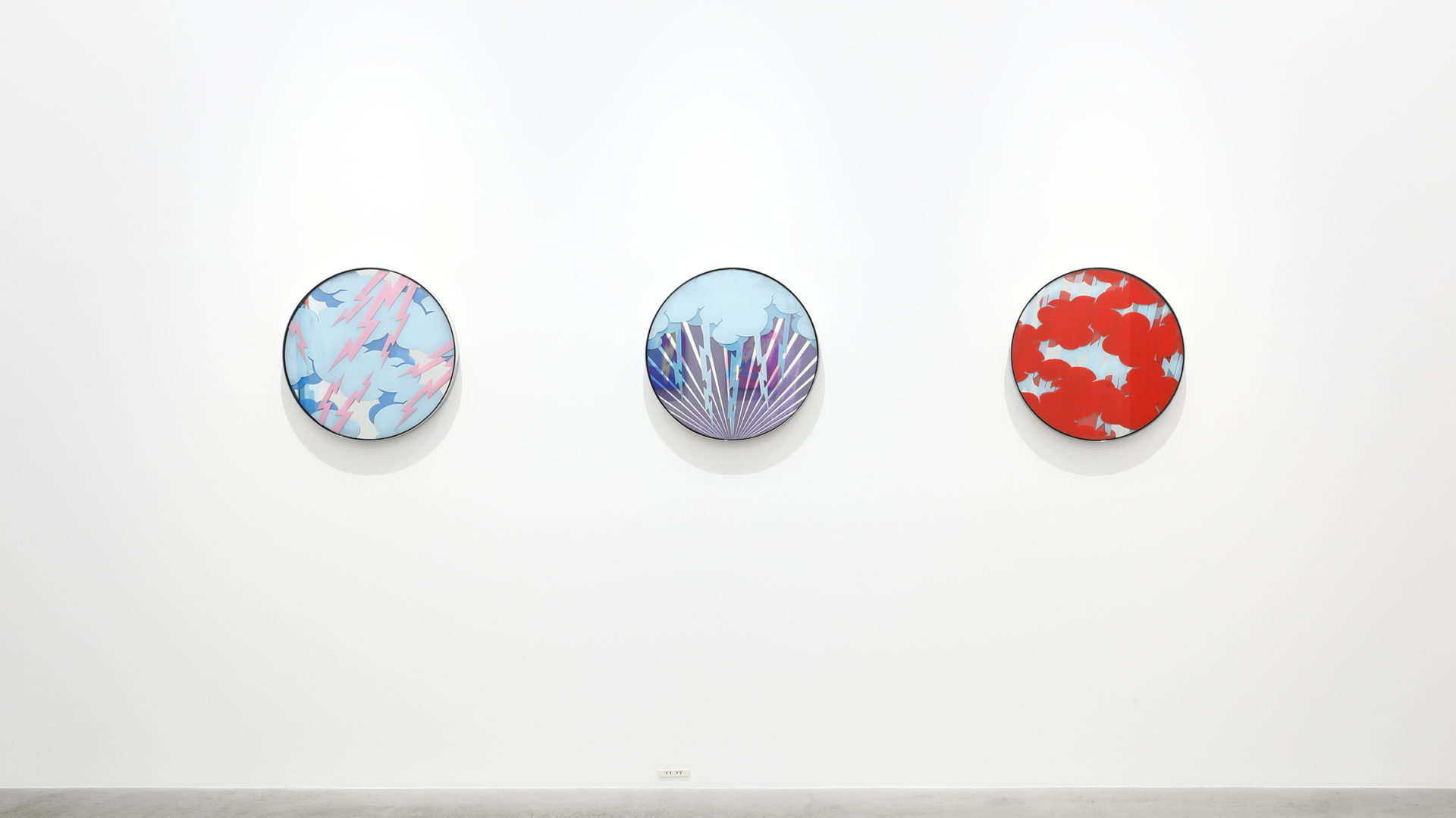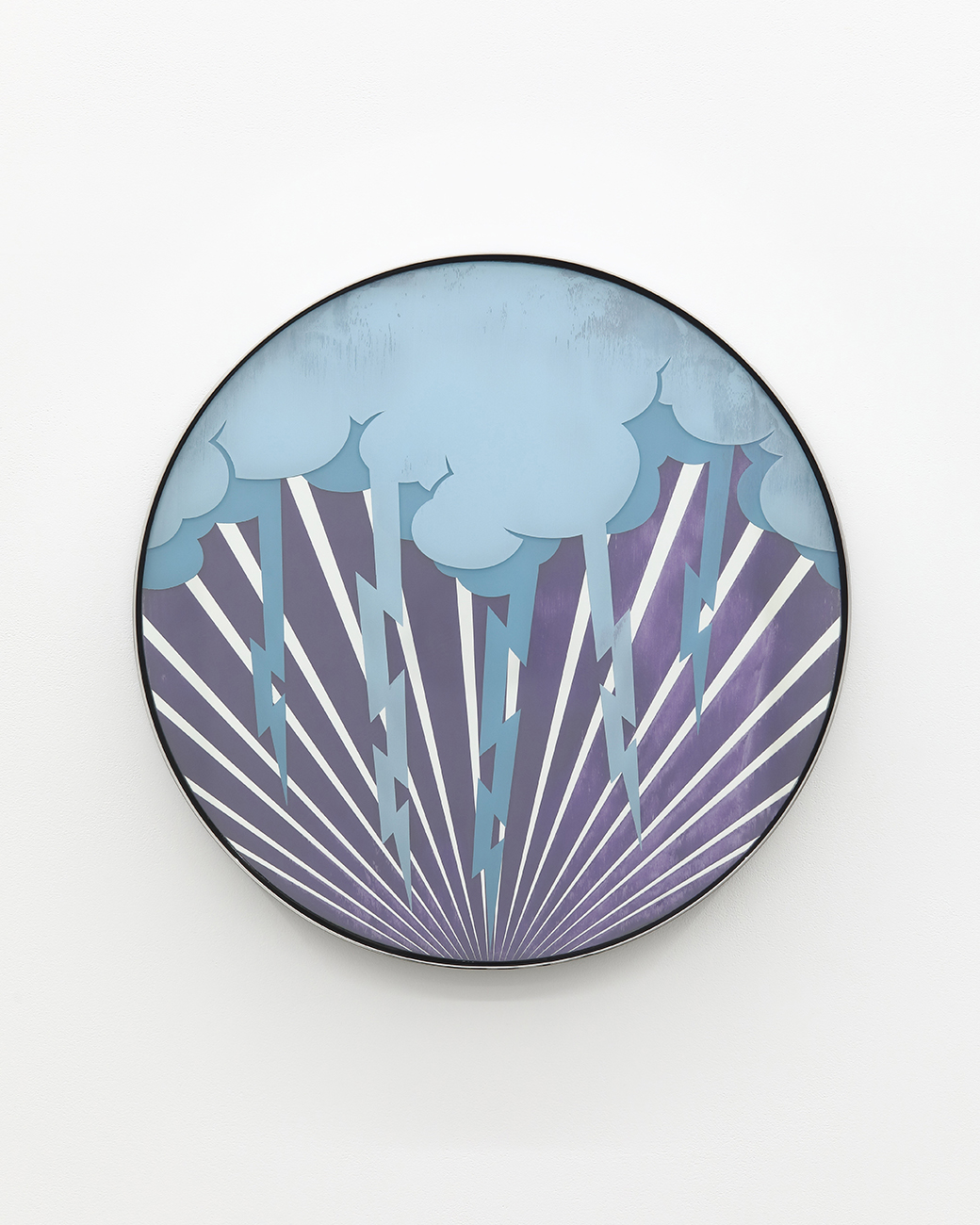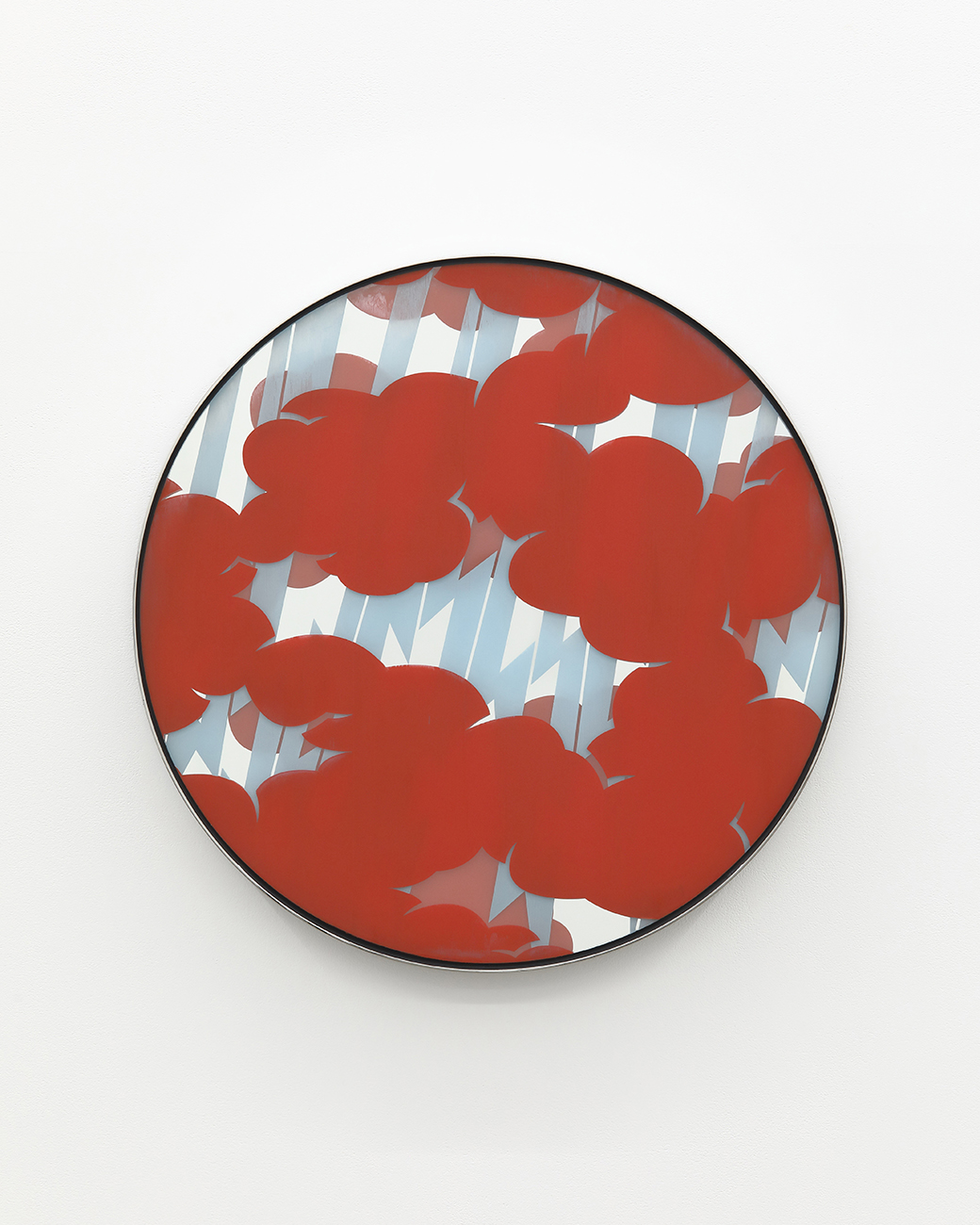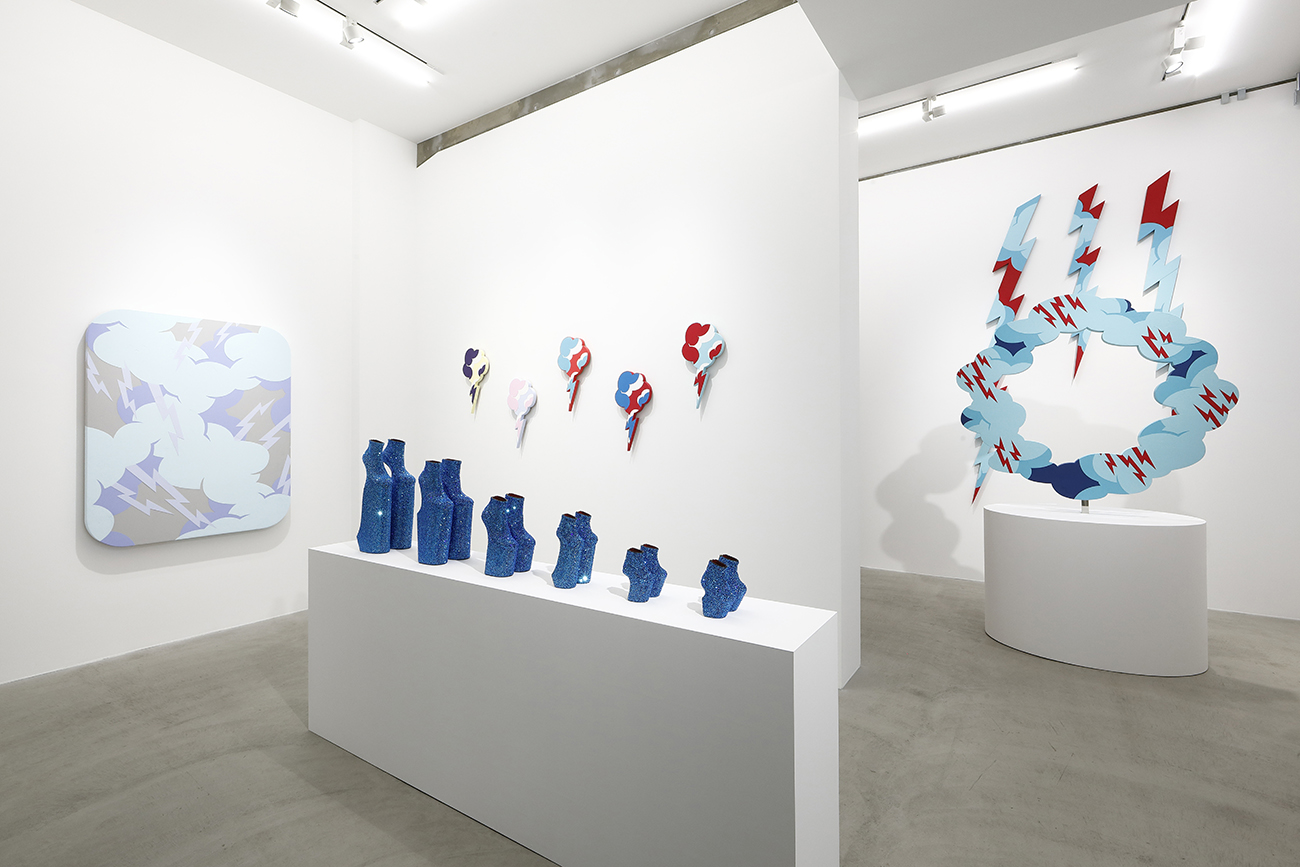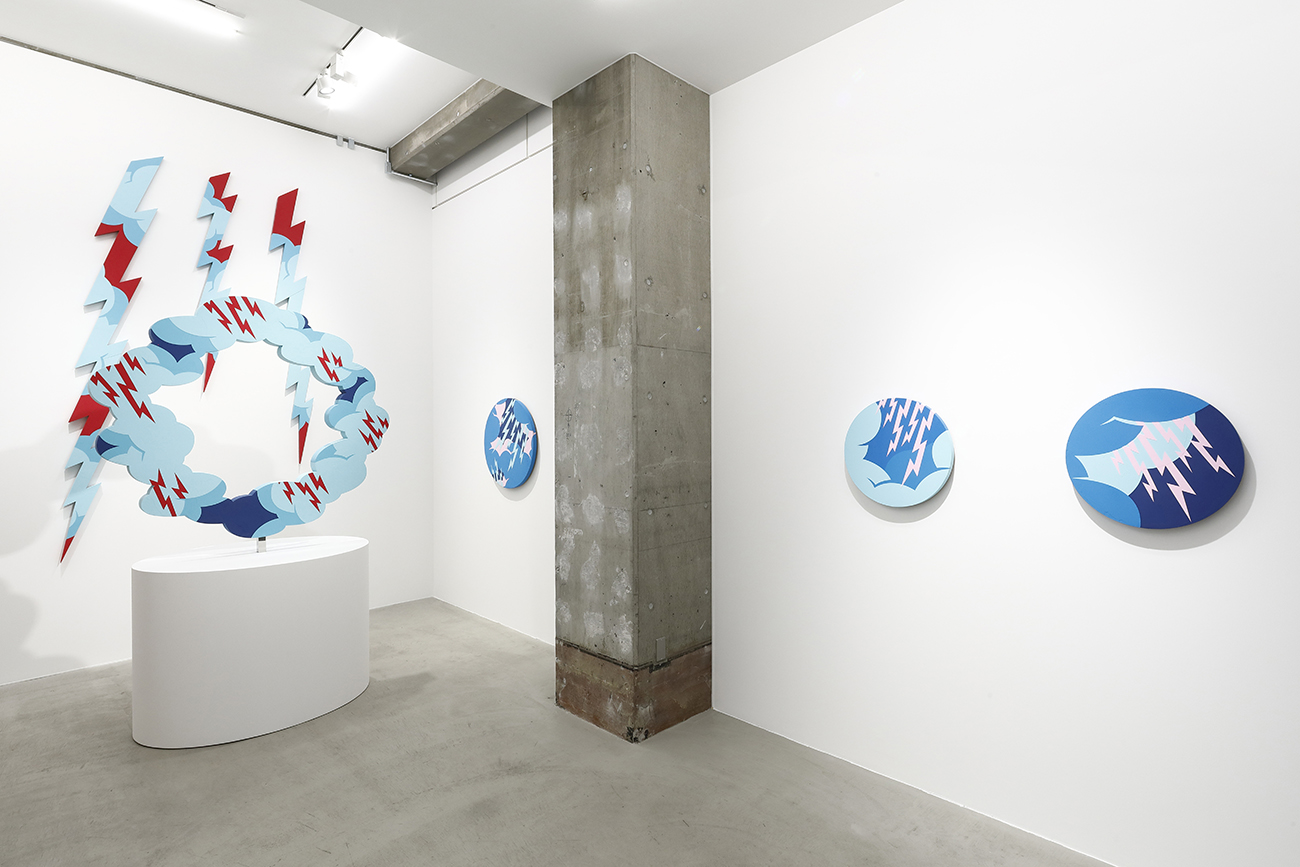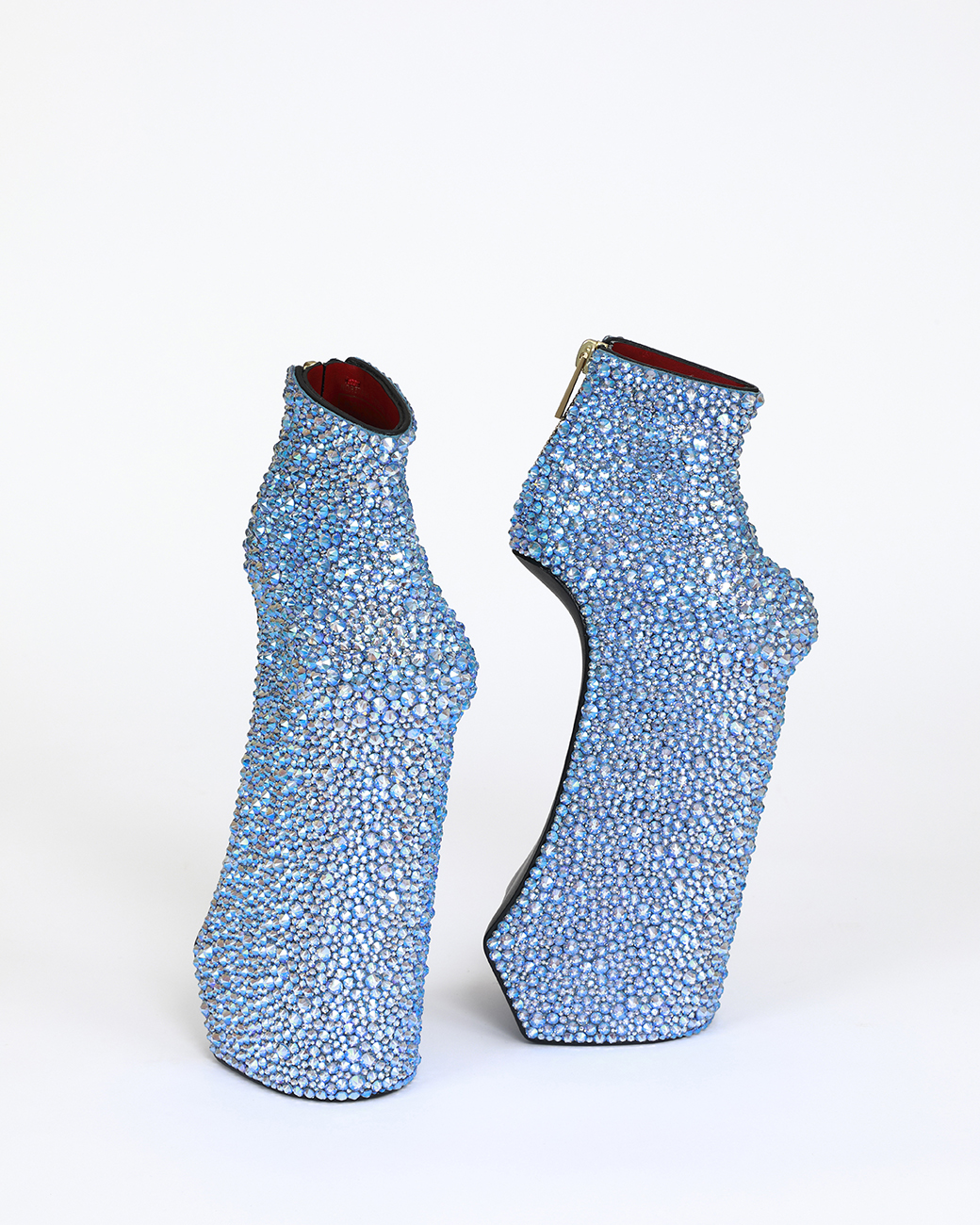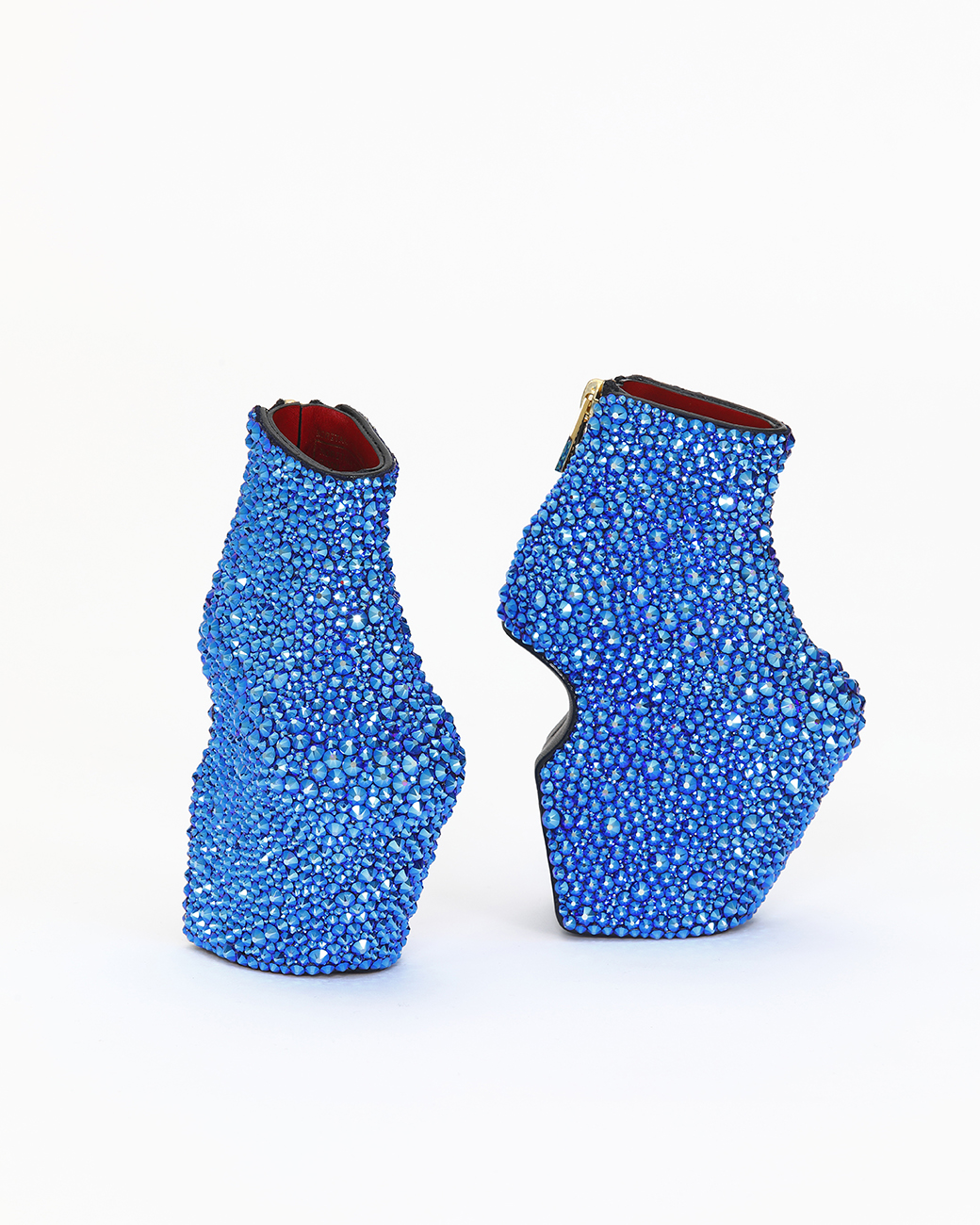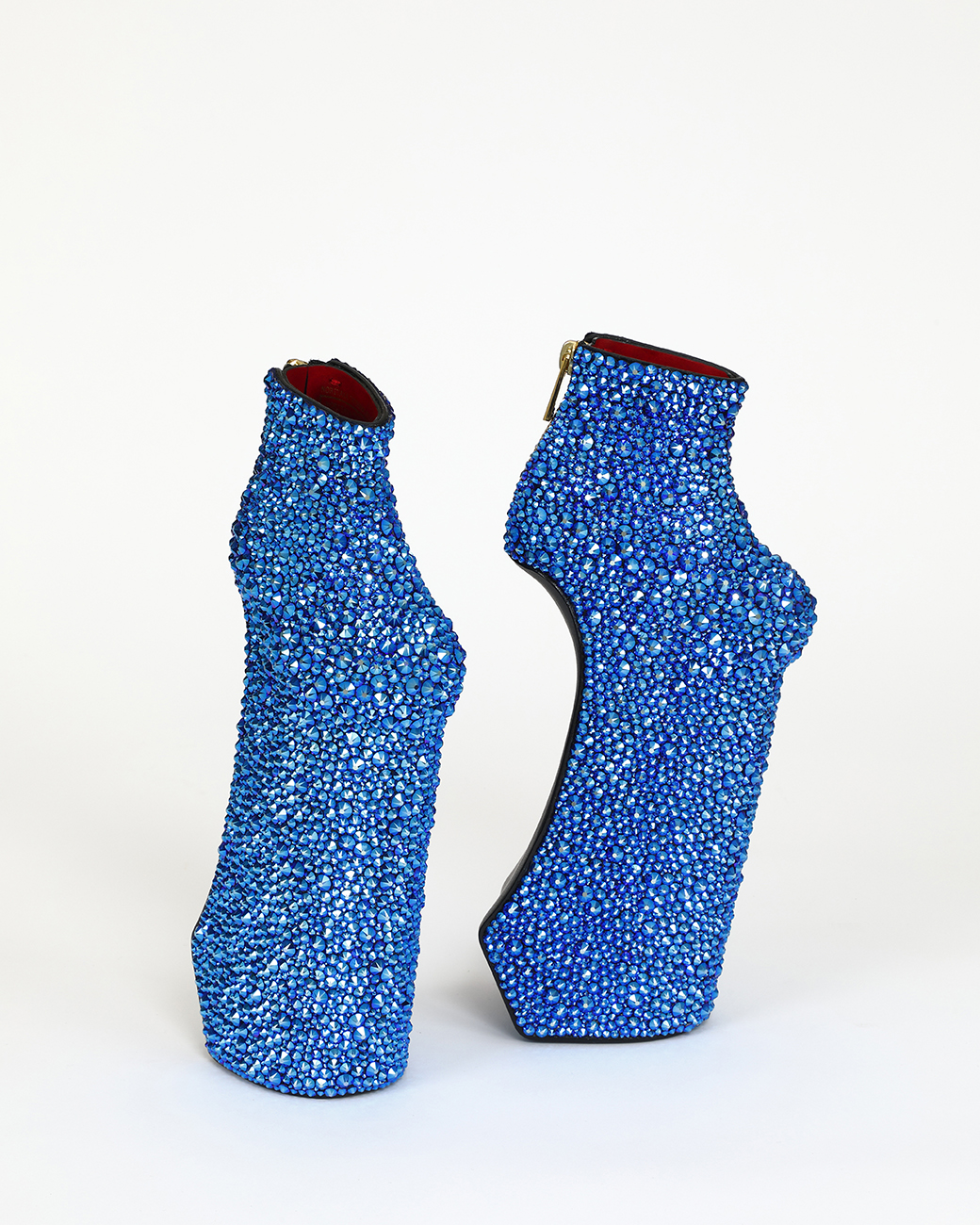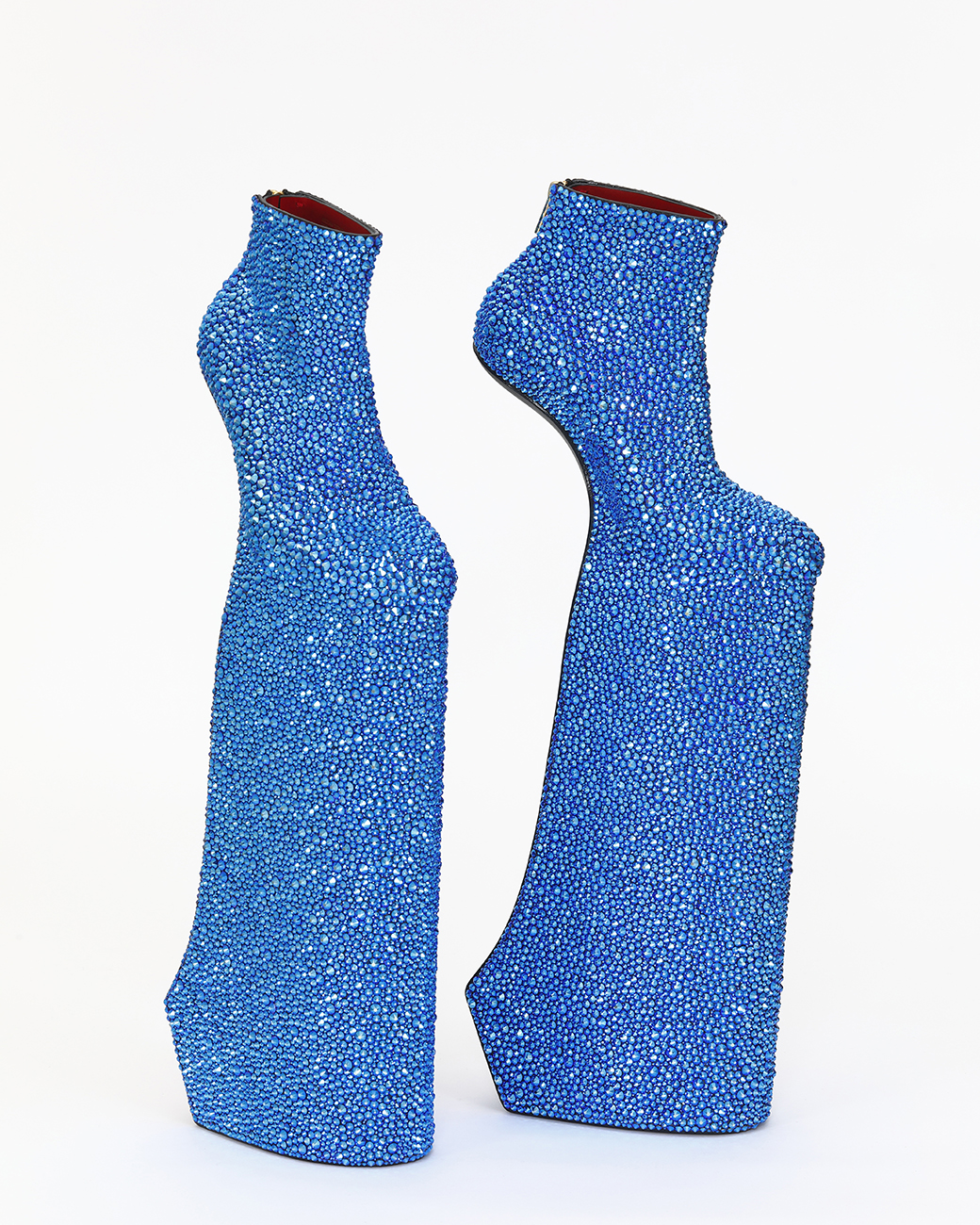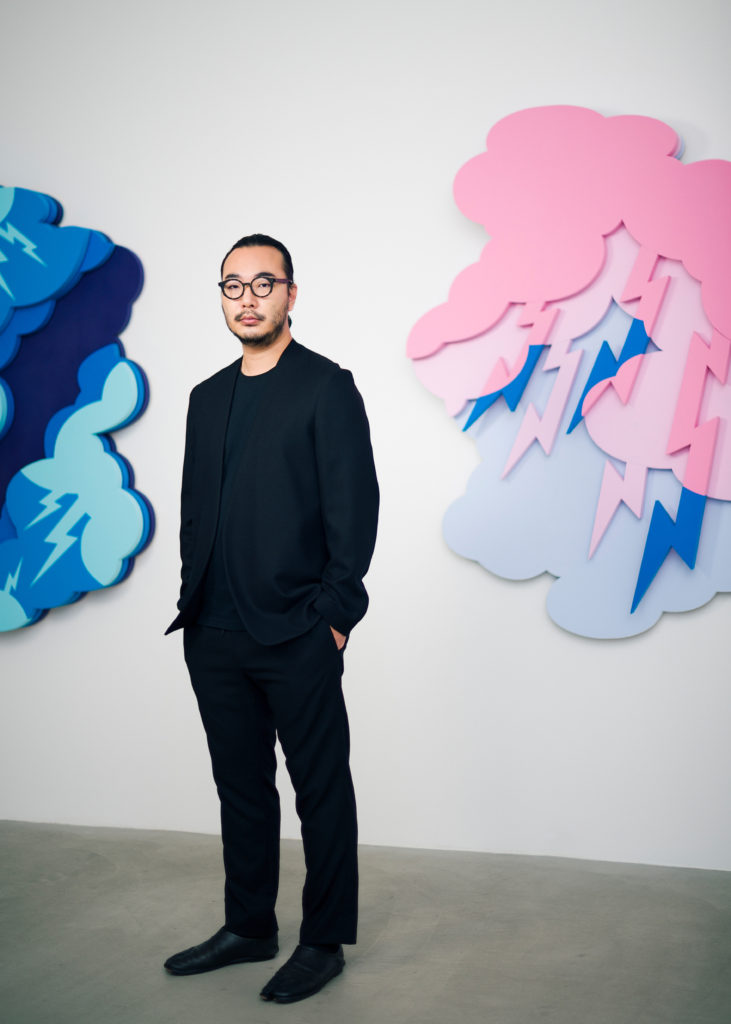Noritaka Tatehana
Noritaka Tatehana was born in Tokyo in 1985. His family ran a public bathhouse called “Kabuki-yu” in Kabuki-cho, Tokyo, while he grew up in Kamakura, Japan. As a small child and under the influence of his mother, a doll artist who practices the Waldorf education method, the artist learned to create with his own hands. Tatehana graduated in 2010 from the Department of Crafts at Tokyo University of Arts, specializing in textile arts. While researching the culture associated with traditional Japanese courtesans, the artist created geta (traditional wooden clogs) and kimonos with yūzen – a traditional Japanese dyeing technique. Tatehana has presented his work in exhibitions such as “Image Makers” (21_21 DESIGN SIGHT, 2014) and “Future Beauty: 30 Years of Japanese Fashion” (The Museum of Contemporary Art Tokyo, 2012). He has also held various solo exhibitions which include “NORITAKA TATEHANA: Aesthetics of Magic” (Taro Okamoto Memorial Museum, 2016), “It’s always the others who die” (POLA Museum Annex, 2019), and “NORITAKA TATEHANA: Refashioning Beauty” (Portland Japanese Garden, 2019) amongst others held in New York, Paris, and Belgium. Tatehana has also worked on a wide range of projects, including producing a bunraku performance in 2016 at the Cartier Foundation for Contemporary Arts in Paris. His works have been acquired by internationally acclaimed institutions such as the Metropolitan Museum of Art in New York and the Victoria & Albert Museum in London. In 2021, Tatehana directed the online exhibition “EDO TOKYO RETHINK” (The Marquis Hosokawa Mansion, Wakeijuku) an event organized by the city of Tokyo as part of its cultural program “Edo Tokyo Kirari Project” to exhibit new works with a focus on traditional crafts and industries of Tokyo.

